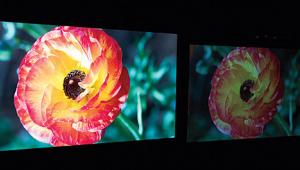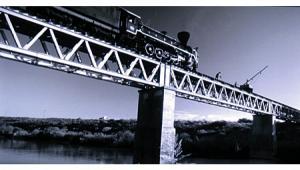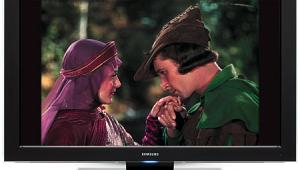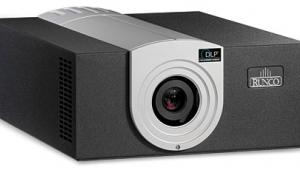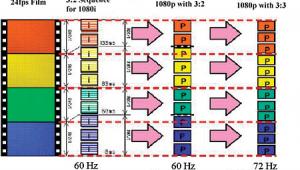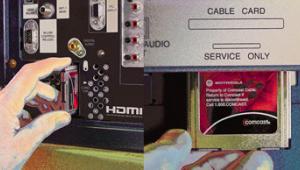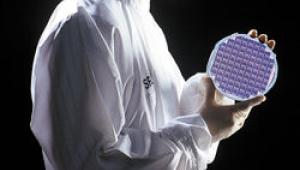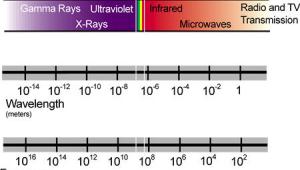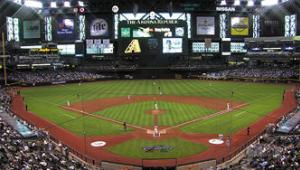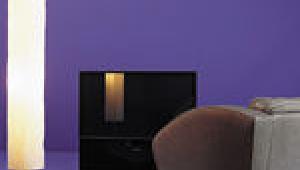Lamps: Really Expensive Light Bulbs
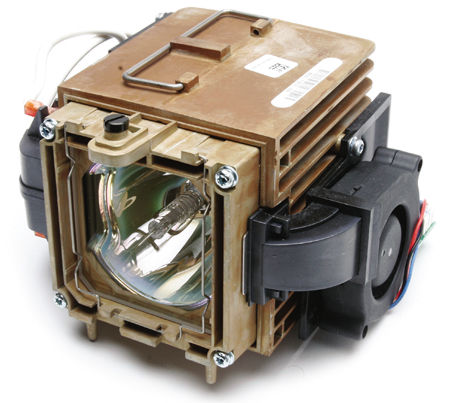
It all started in the 1800s, although exactly when is rather debatable. Old man Edison gets all the fame, but an Englishman, Sir Joseph Swan, beat him by at least a year. In reality, Swan merely advanced concepts that a host of other European scientists had been putting in place since the turn of the century. So we'll just say that someone came up with something at some point that looks remarkably similar to that which allows us to see when it's dark.
Turn On
To oversimplify everything, most light bulbs fall into one of two categories: incandescent or arc. Incandescent light bulbs send an electrical current through a thin wire. The wire resists the current, which creates heat. With enough current, the wire becomes hot enough to glow. Incandescent bulbs are remarkably inefficient, as they mostly create heat, while the light they produce is only a byproduct.
Fluorescent, UHP, and xenon lamps are all variations of arc illumination. At their core, arc lamps work by applying a voltage between two electrodes separated by a certain distance and suspended within a gas. The gas conducts electrons between the electrodes when the proper voltage is applied. This electrical current through a gas is called an arc, and it creates heat, as well as a lot of light.
Common fluorescent bulbs work in a similar manner, although they are technically not arc lamps. In fluorescent bulbs, the electrons travel through a gas that includes mercury vapor. This excites the mercury atoms to a higher energy state; when they drop back to a lower energy state, they emit ultraviolet photons. These photons hit a phosphor that coats the inner surface of the bulb, which creates visible light. This is similar to how plasma displays work.
UHP lamps also use mercury vapor, but at a much higher pressure than fluorescent bulbs, which causes the mercury atoms to emit visible light without the need for phosphor. Xenon lamps (found in swanky car headlights, film and digital cinema projectors, and high-end home projectors like the Sony QUALIA 004), operate in much the same manner as UHP, except that they use xenon gas instead of mercury vapor, which takes much less time to begin emitting a stable spectrum of visible light. That spectrum is also much more uniform than the light from UHP mercury atoms.
Oww, My Eyes
Most projectors (front and rear) use UHP lamps. Two electrodes are sealed in a quartz-glass tube, and an arc forms between them to create light. UHP lamps create so much heat that the electrodes melt slightly every time you use them. Over time, as the electrodes shrink from usage, the distance becomes too great for an arc to form. If this moment of failure happens while the lamp is lit, there is a chance that the electrode could come in contact with the lamp housing, and, poof—you've got shrapnel. Most displays and lamp housings are designed to safely contain such an explosion, should it occur.
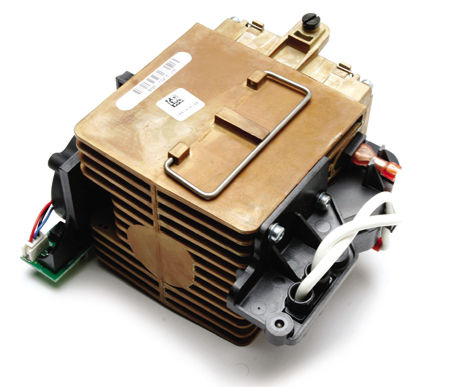
Another drawback of the light source being effectively a "wear" part is that, as the lamp ages, it doesn't perform as it did when it was new. Its light output drops significantly over the first few hundred hours. Then, it ages at a slower pace until it dies. In some instances, we've found projectors that are half as bright when they reach the halfway point of the lamp's specified life span.
King Gillette, the famous shaving-razor pioneer, realized that, if you want to make money, you make them pay you for continued use of your product. The razors were free; the blades cost money. Projection lamps are the same, only the projector itself is damn pricey to begin with.
The Future (Is So Bright)
UHP lamps can last anywhere from 2,000 to 10,000 hours, depending on usage and implementation. Mileage varies, but it should improve in the future. Mitsubishi has announced a pocket-sized projector that uses LEDs as the light source. In terms of size, heat, life span, and power requirements, this is awesome. Is it a sign of things to come? We'll see.
Two last points: A lamp will last longer at a lower lamp setting than it will at a higher one. Also, in general, the more times you turn the display on and off, the shorter the bulb will last, especially if you turn the display on and off in less than 20 minutes. So watch more TV (or less)!


